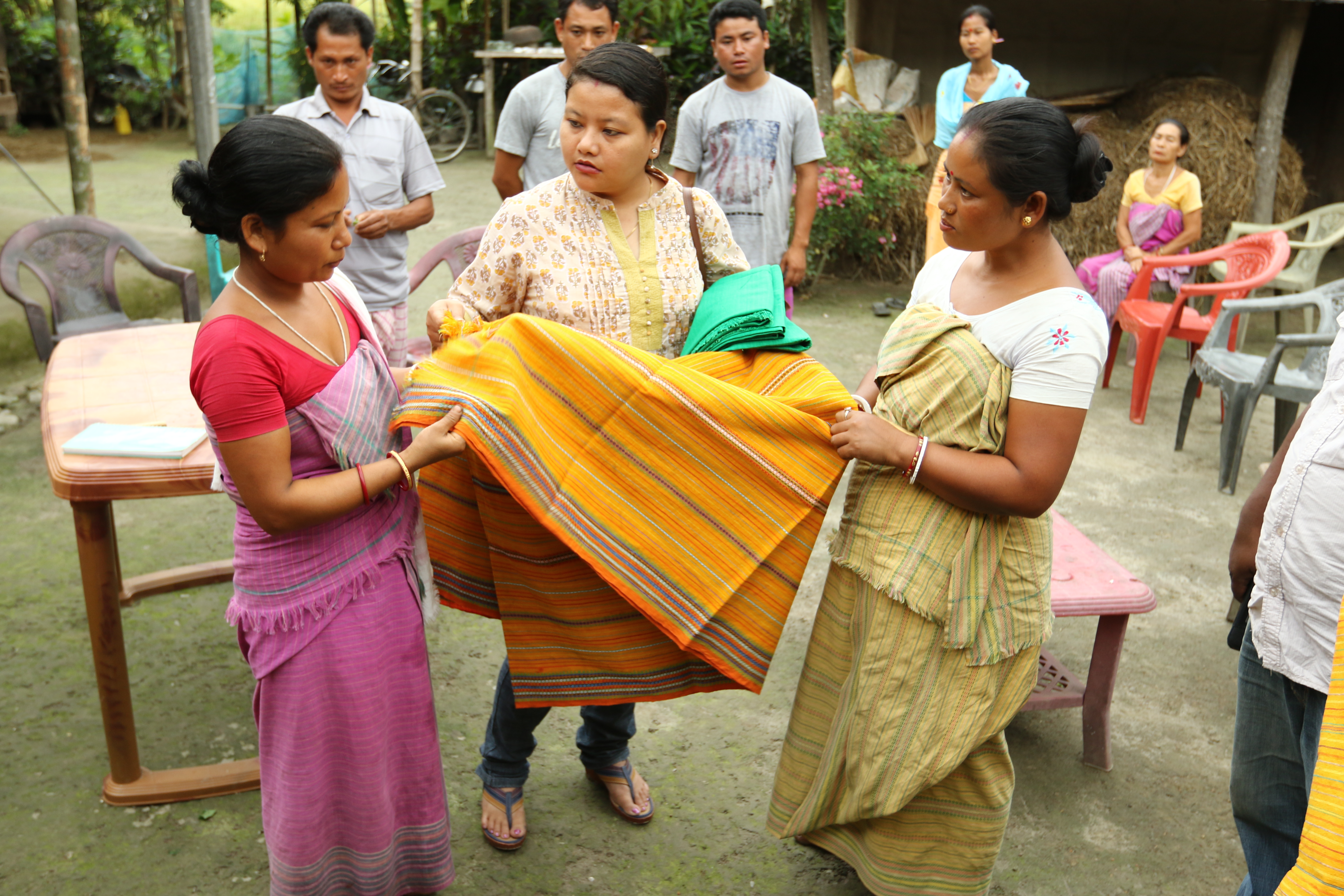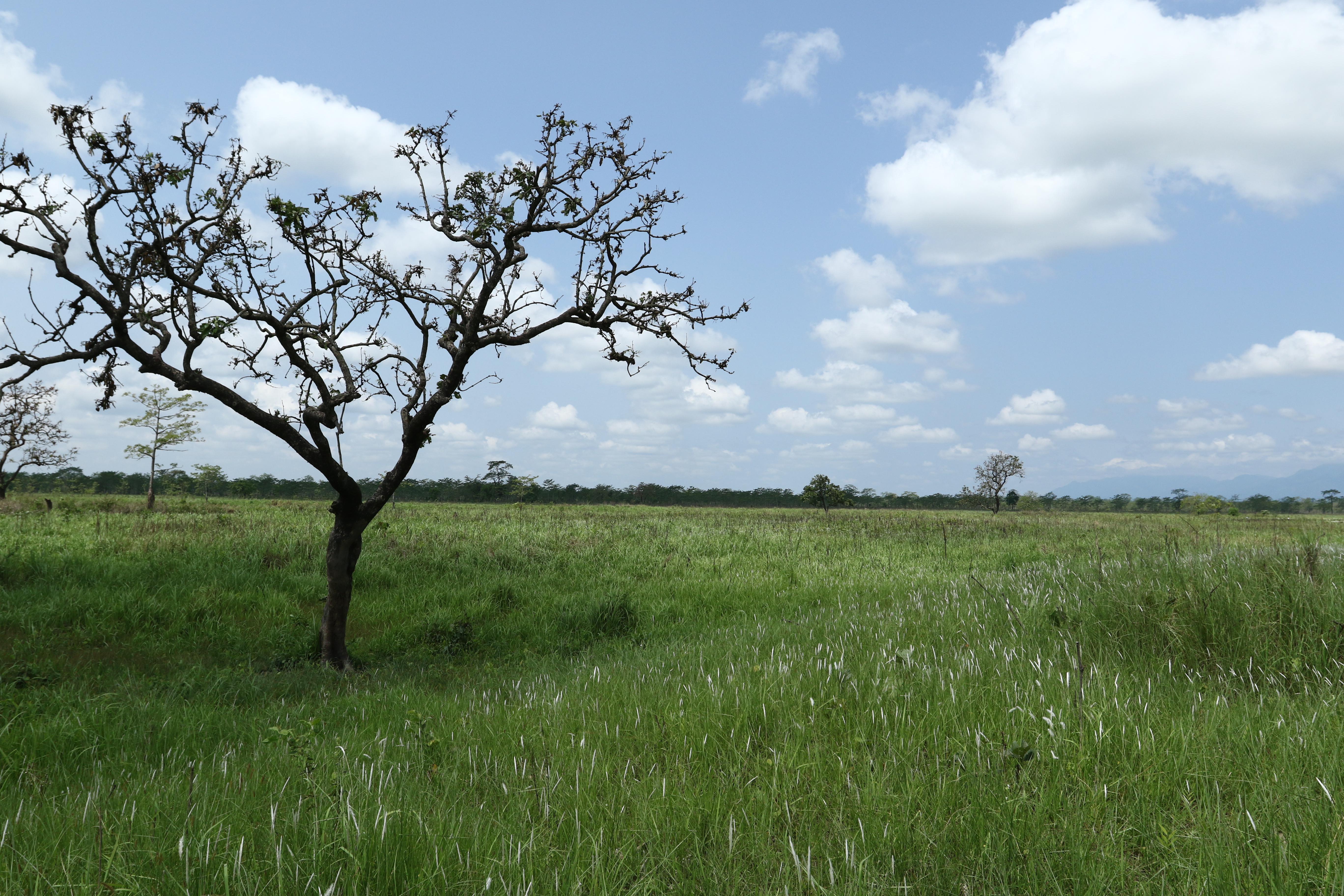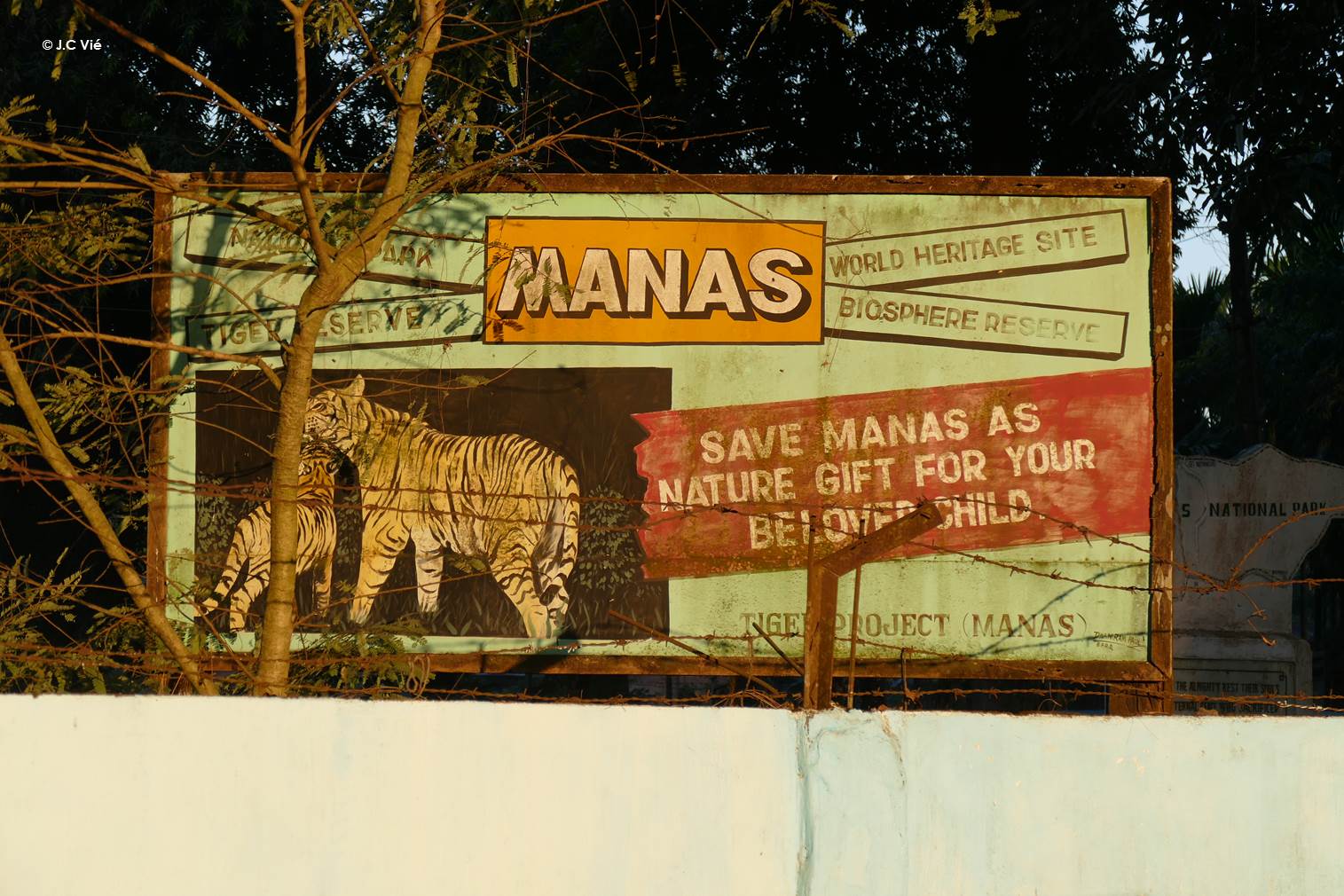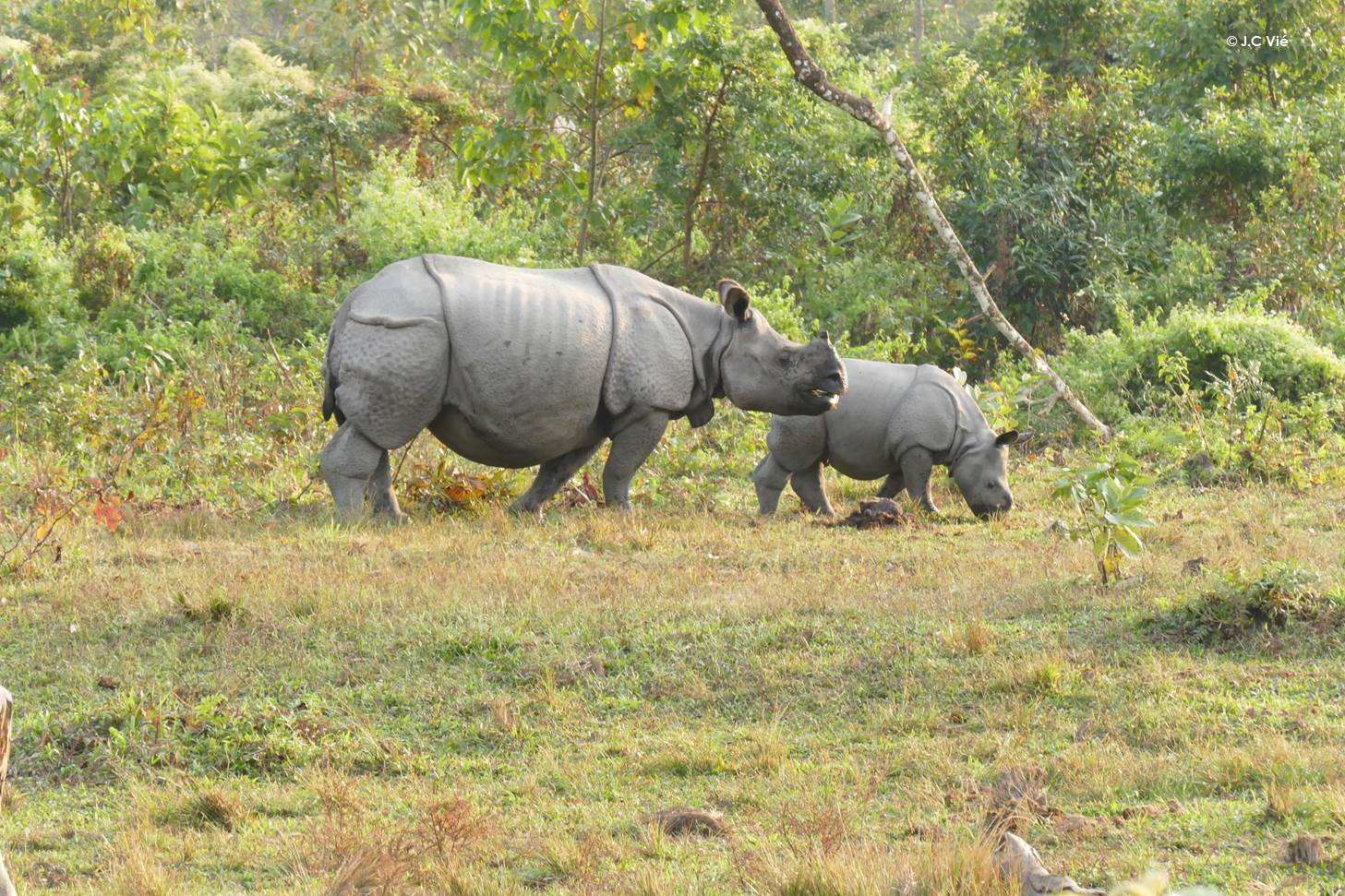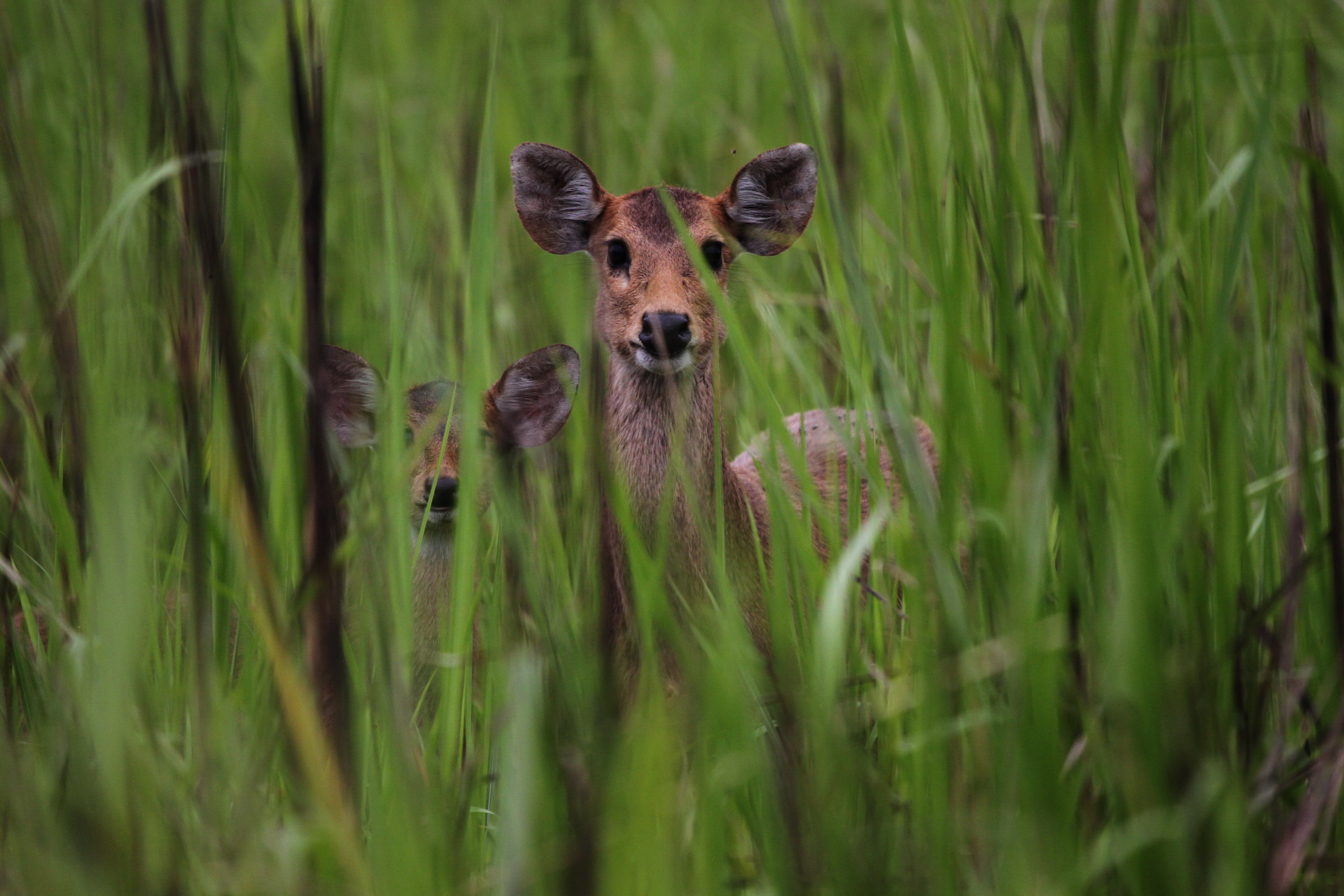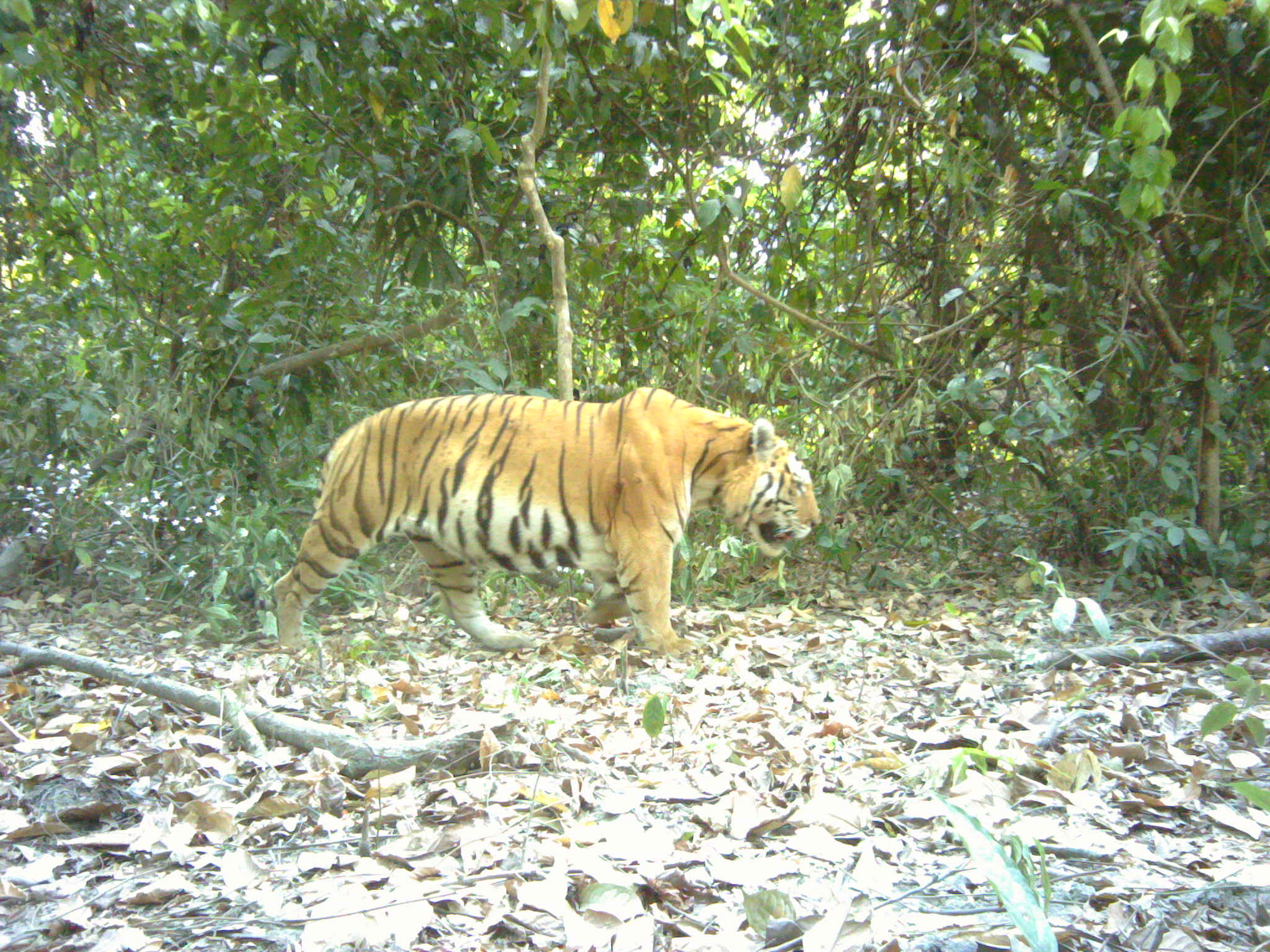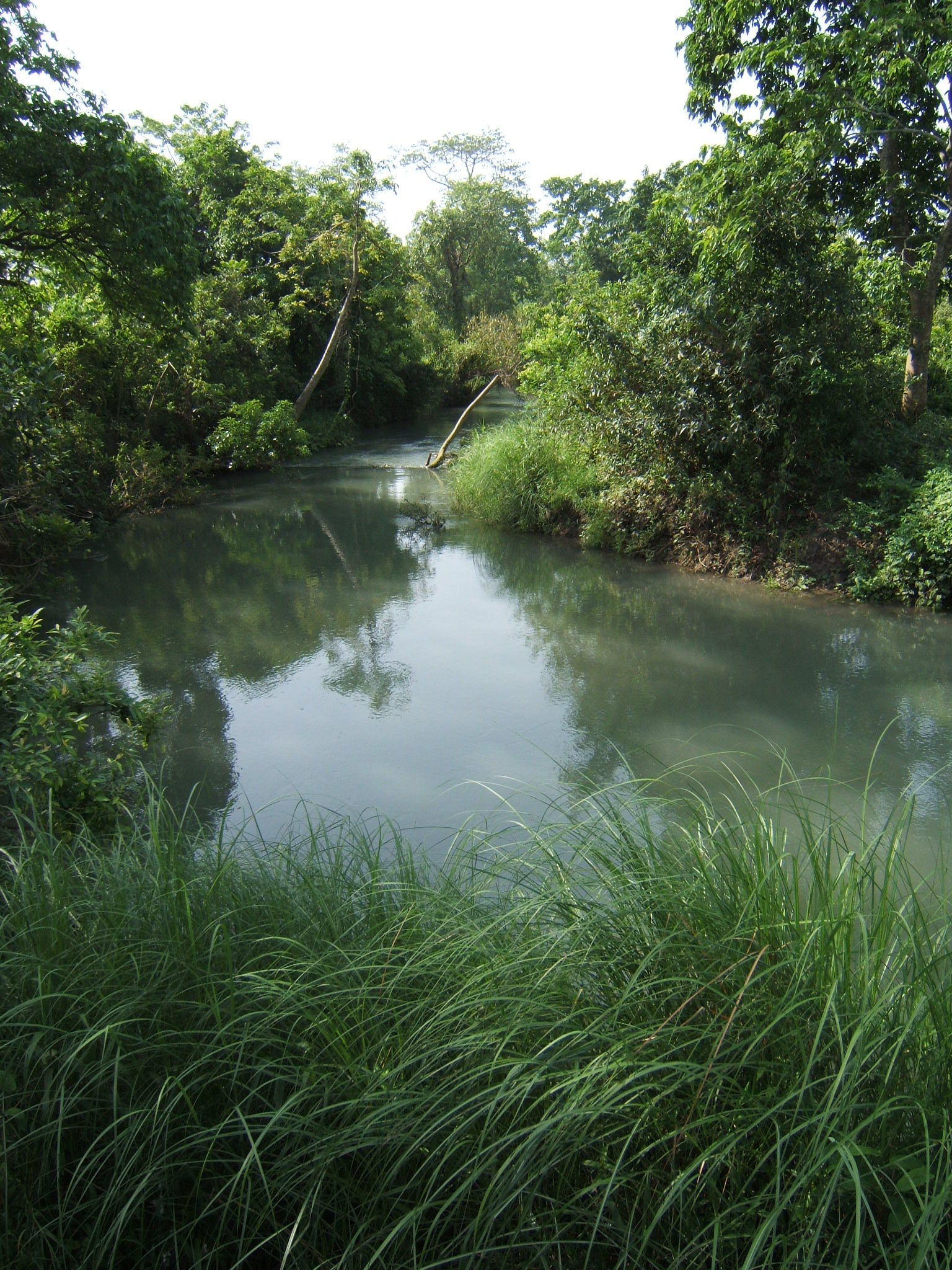Manas National Park, the natural capital from which millions of people benefit
One often looks at protected areas as pristine lands, yet completely isolated from our human activity, with maybe the exception of tourism destinations. However, given the extent of services these sites provide us, we should in fact consider their broader roles in our economies.
Protected areas allow people to connect with nature for inspiration, education and recreation. The 200,000 protected areas globally, which currently cover 15.4% of land and 3.4 % of the oceans, support human livelihoods and are the foundation for a green economy. Protected areas provide drinking water to many of the world’s largest cities, alleviate climate change by storing vast amounts of carbon, sustain the booming nature tourism industry and protect communities against disasters.
ITHCP grantee Aaranyak is working in Manas National Park, a World Heritage site in India, in collaboration with another ITHCP project led by the Bhutanese government in Royal Manas National Park. The project is working towards reducing the pressures exerted by humans on the landscape, mainly poaching and encroachment. These pressures were exacerbated in the past with years of political unrest and insurgency.
In addition to being home to several key and threatened species such as Indian rhinos and of course tigers, the Manas ecosystems, together with a larger landscape of Bhutan and India, is the renewable natural capital on which millions of people depend on for goods, services and inspiration.
To the best of our knowledge, ecosystem valuation studies (where the value of ecosystem services is estimated and transcribed into tangible figures) are yet to be conducted in Manas NP. We therefore present a brief qualitative overview of the many benefits offered by Manas ecosystems.
Ecosystem services take several forms. First, provisioning services are the products obtained from ecosystems. In Manas, communities living close to the forest often gather raw building materials (trees and grass) and fibre from silk cotton trees and native plants are used for making pillows and mattresses. Further away, hundreds of thousands of people produce food and vegetables on the arable floodplains in the river valleys. Several major rivers originating in the Himalayas and innumerable small streams flow through Manas to ensure water for homes and for crops all the way from Bhutan Hills to the plains of Assam and Bengal. These rivers enrich the soil quality, are a source of wild fish and their oxbow lakes are used by the fishing industry who use fishery tanks to produce more fishes.
Cultural services, include all non-material benefits obtained from ecosystems. The more visible cultural services offered by Manas are recreational and aesthetic. Manas and Royal Manas National Parks attract several thousands of tourists, both Indian and foreign, thanks to their scenic beauty and biodiversity. In addition, the Bodo community living in the area and who are involved in the project are culturally strongly bonded to the forest and their livelihoods and food all depend on forests to a great extent.
Manas and other protected areas also provide regulating services, which are benefits obtained from regulation of ecosystem processes. Manas natural habitats play a significant role in climate and disease control, water regulation, as well as pollination. Its forests help regulate floods as the water rushes down from the Himalayas. The vast green grassland in Manas is one of the most productive ecosystems and acts as a carbon sink, sequestrating huge amounts of carbon each year.
Finally, the supporting services are necessary for the production of all other ecosystem services. The entire range of ecosystems in Manas helps in soil formation and nutrition supplement. Manas is home for thousands of species and is a haven for securing the Himalayas’ genetic diversity.
Through this tiger project which aims to reduce human pressures on Manas while providing tangible alternatives to human populations, Aaranyak and its partners such as Awely, Panthera, Wildlife Conservation Trust and the Forest Department, Bodoland Territorial Council aim to sustain the exceptional natural capital of the Manas landscape, for tigers, all other wild species but also for millions of humans.
You can read more on the project, ecosystem services and protected areas.
> by Dr M Firoz Ahmed and Dr Namita Brahma, Aaranyak & Thomas Gelsi, IUCN

